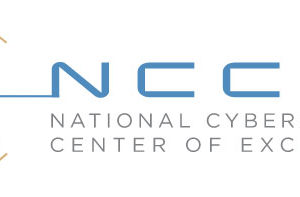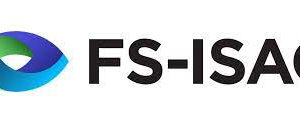NCCoE Releases Draft Guide on Securing the Industrial Internet of Things

Example Solution Addresses Cybersecurity Challenges for Distributed Energy Resources
The National Institute of Standards and Technology’s (NIST) National Cybersecurity Center of Excellence (NCCoE) has published for comment a preliminary draft of NIST SP 1800-32, Securing the Industrial Internet of Things: Cybersecurity for Distributed Energy Resources.
In this practice guide, the NCCoE applies standards, best practices, and commercially available technology to protect the digital communication, data, and control of cyber-physical grid-edge devices. The guide demonstrates an example solution for monitoring and detecting anomalous behavior of connected industrial internet of things (IIoT) devices and building a comprehensive audit trail of trusted IIoT data flows.
By releasing Volumes A and B as a preliminary draft, we are sharing our progress made to date, using the feedback received to shape future drafts of the practice guide, and featuring technologies and practices that organizations can use to monitor, trust, and protect information exchanges between commercial- and utility-scale distributed energy resources (DERs).
Addressing Emerging Cybersecurity Concerns of DERs
The use of small-scale DERs, such as wind and solar photovoltaics, are growing rapidly and transforming the power grid. In fact, a distribution utility may need to remotely communicate with thousands of DERs and other grid-edge devices—many of which are not owned by them. Any attack that can deny, disrupt, or tamper with DER communications could prevent a utility from performing necessary control actions and could diminish grid resiliency—a concern that was highlighted in a recent United States General Accounting Office report, Electricity Grid Cybersecurity.
This NCCoE practice guide aims to help companies provide secure access to DERs and monitor and trust the ever-growing amount of data coming from them.


